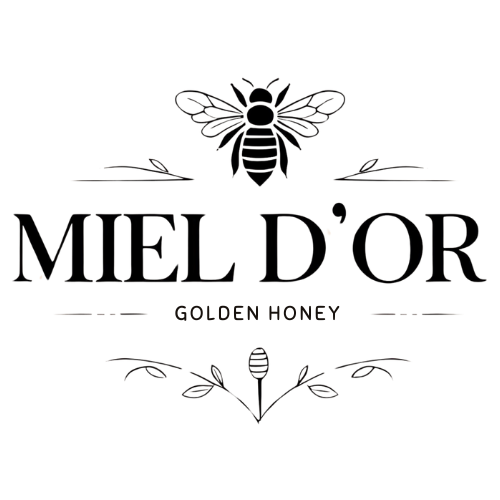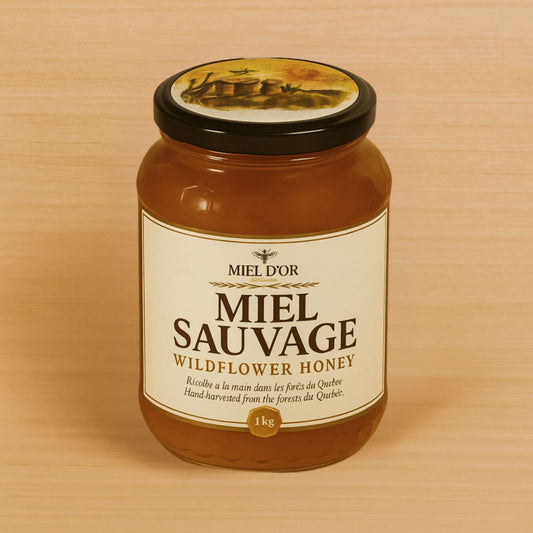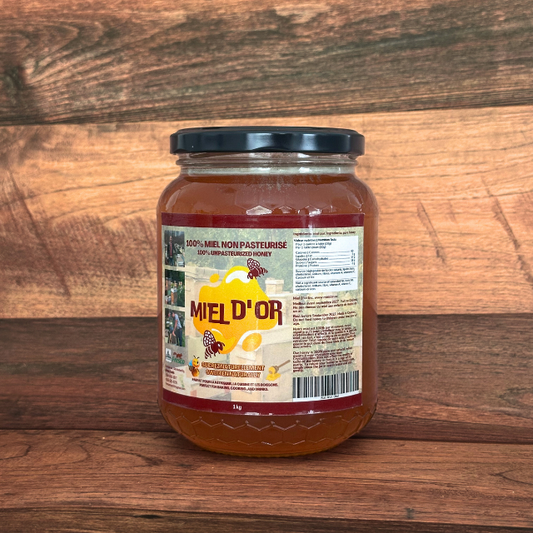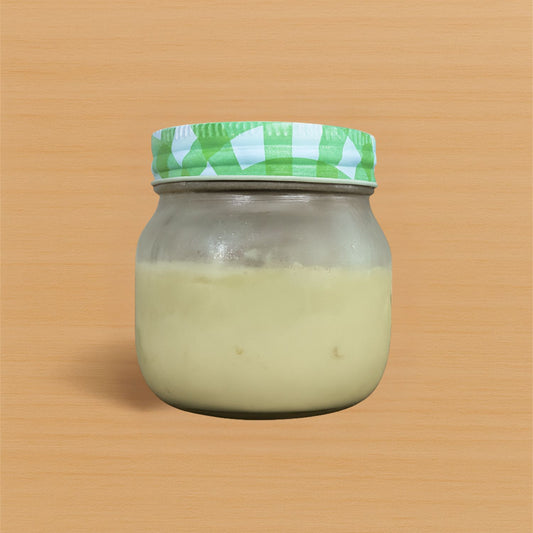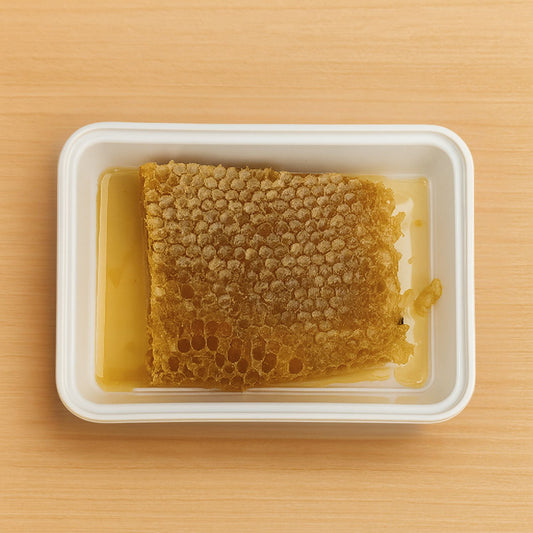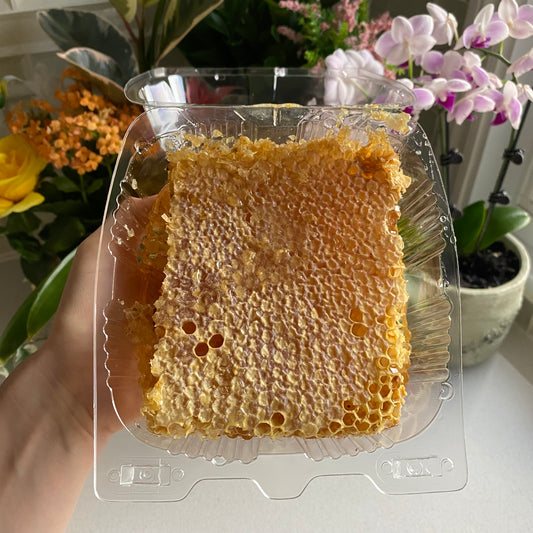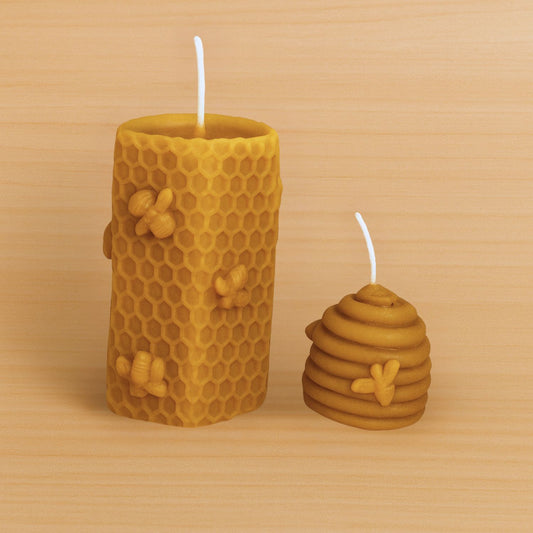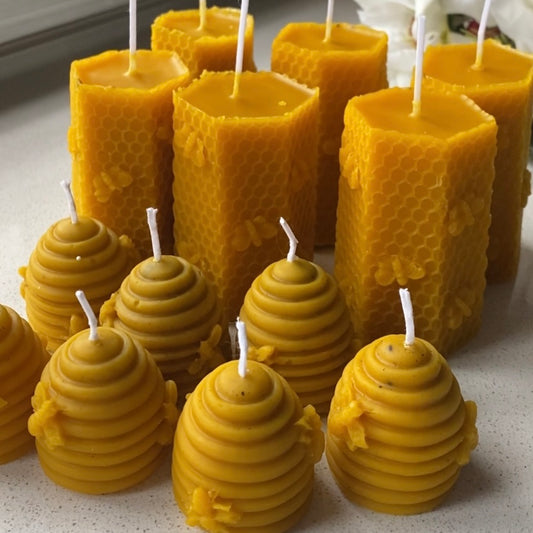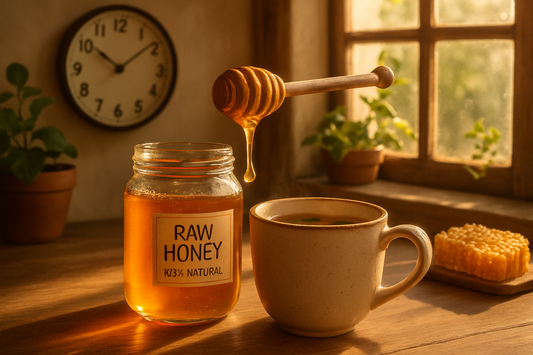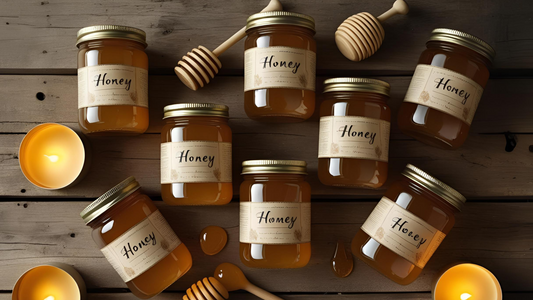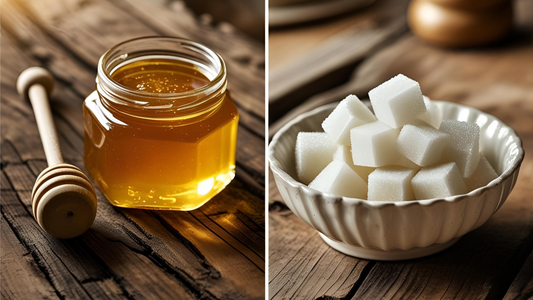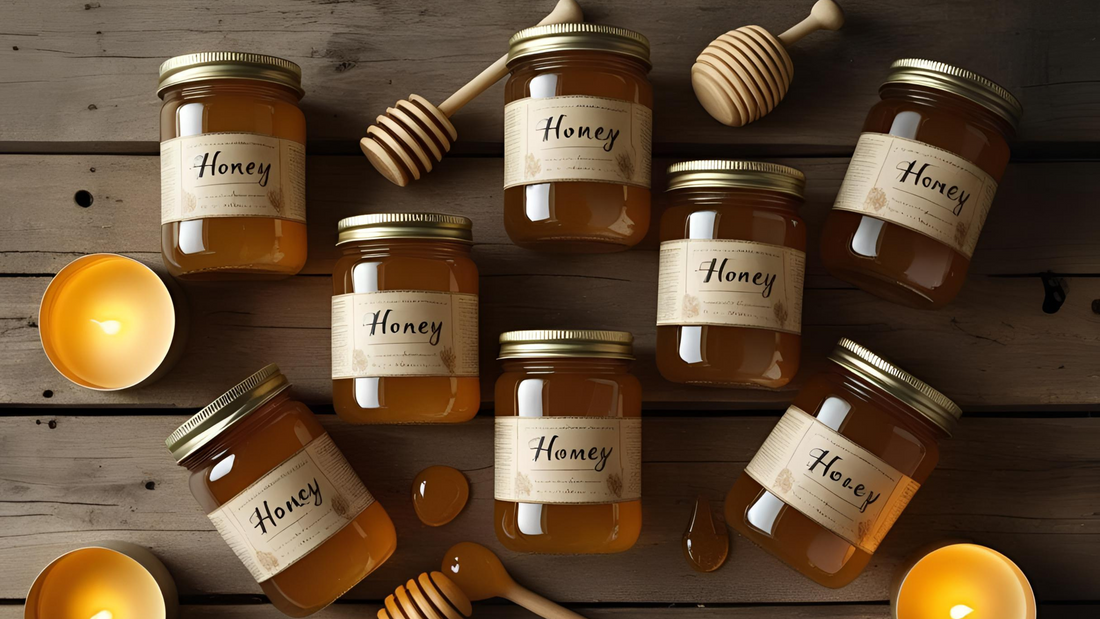
How to Read and Understand Honey Labels
Share
The Buzz Behind the Label
When shopping for honey, the label on the jar is often your only clue to what you're actually buying. But terms like raw, organic, unpasteurized, or pure can be confusing—and sometimes misleading.
Let’s break down the most common honey label terms so you can make confident, informed choices every time you shop.
1. Raw Honey
What it means: Raw honey has not been pasteurized (heated to high temperatures) or filtered.
Why it matters: Heating destroys beneficial enzymes and nutrients. Raw honey retains its natural antioxidants, antibacterial properties, and enzymes—making it the most healthful form.
🟡 Tip: Raw honey may appear cloudy or crystallized—this is a good sign!
2. Unpasteurized Honey
What it means: The honey hasn’t been heat-treated to a high temperature.
Why it matters: Pasteurization is used to keep honey smooth and liquid for shelf appeal, but it strips away much of what makes honey valuable. Unpasteurized honey maintains more of its health benefits.
3. Pure Honey
What it means: The product contains only honey—no added sugars, syrups, or flavorings.
Why it matters: Sadly, some supermarket “honey” is diluted with corn syrup or other sweeteners. Look for “100% pure” or “no additives” to ensure authenticity.
4. Organic Honey
What it means: Certified organic honey is harvested from bees foraging in pesticide-free areas, and the beekeeping process follows organic standards.
Why it matters: Organic doesn't necessarily mean raw, so always look at the full label.
5. Local Honey
What it means: Harvested close to where it's sold, often from small-scale beekeepers.
Why it matters: Local honey supports nearby farmers and may help with seasonal allergies due to local pollen content.
6. Crystallized Honey
What it means: A natural process where honey turns from liquid to semi-solid due to glucose separating.
Why it matters: This is a sign of quality, not spoilage. Crystallized honey can be gently warmed or enjoyed as-is.
A Final Word on Ingredients
The ingredients list should say only one thing: honey. If there’s anything else—like glucose, corn syrup, or artificial flavors—put it back.
Also, keep an eye out for the country of origin, which tells you where the honey was harvested. Honey from small Canadian producers like Miel D’or means you're supporting real beekeepers and local ecosystems.
Make the Right Choice Every Time
Now that you know how to read a honey label, it’s easier than ever to choose high-quality, nutrient-rich raw honey. At Miel D’or, we keep our labels (and our honey) as honest as nature intended.
